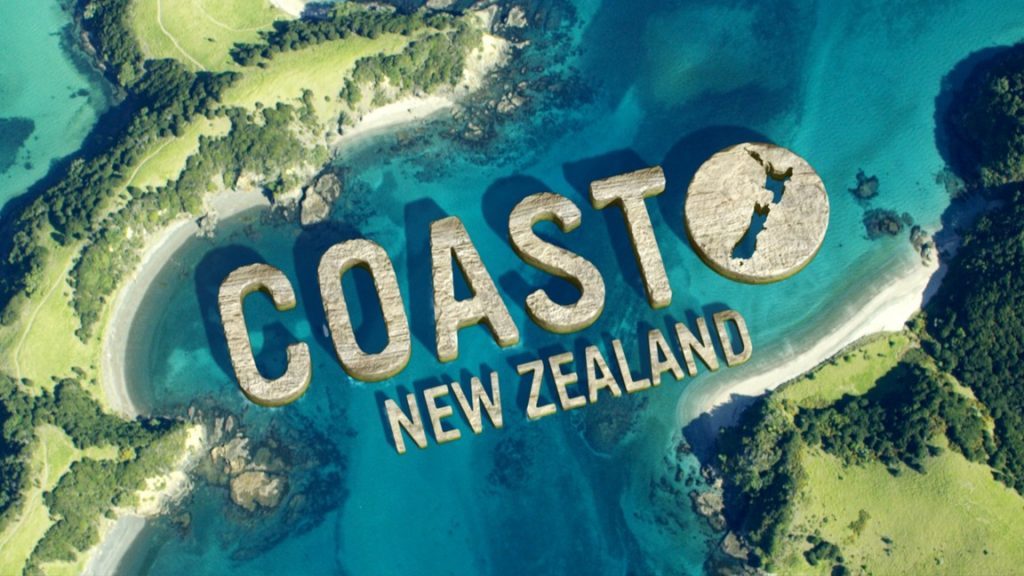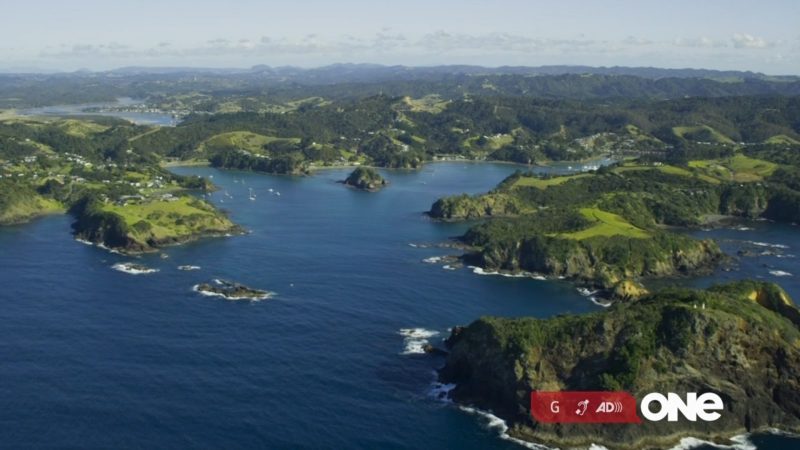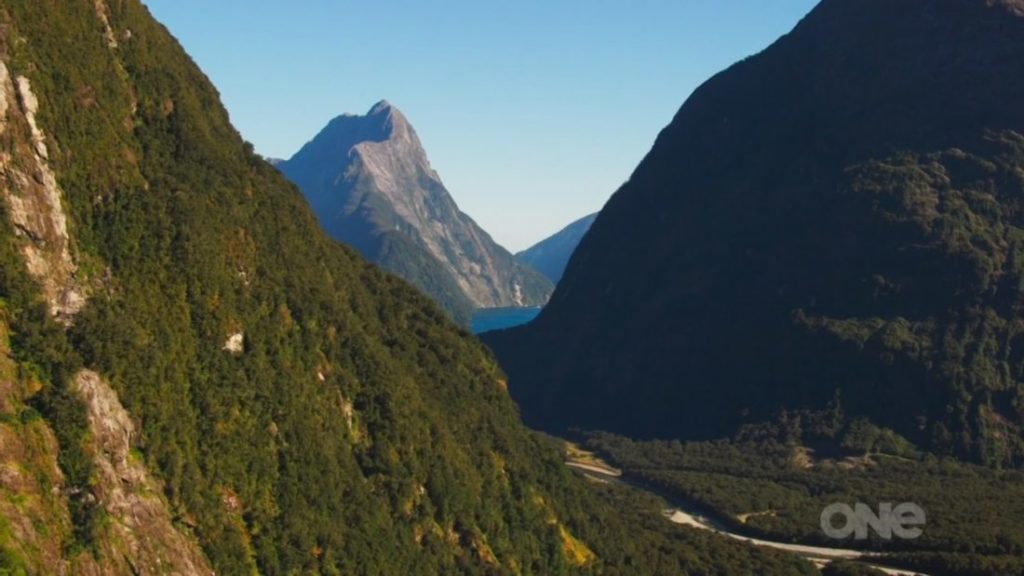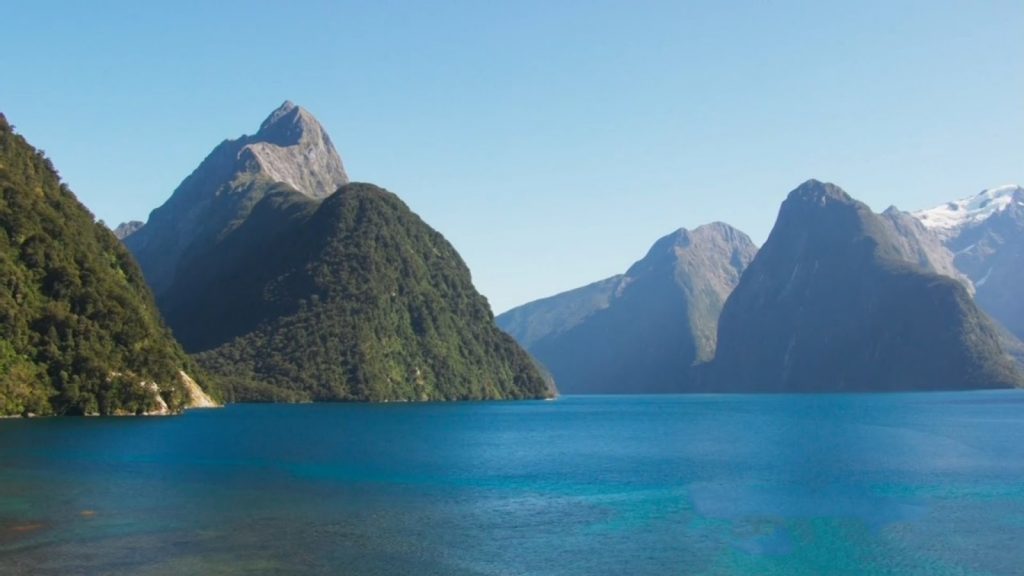Wilderness with Simon Reeve episode 3 – Coral Triangle – In the third episode of “Wilderness with Simon Reeve”, we embark on a breathtaking journey with Simon as he explores the Coral Triangle. This vast expanse of aquatic wilderness, often hailed as the marine equivalent of the Amazon Rainforest, is nestled in the southwest corner of the Pacific Ocean. The Coral Triangle is a mesmerizing mosaic of tropical seas, fringed by islands cloaked in lush jungle, creating a spectacular symphony of nature.
The Coral Triangle’s geographical footprint is astounding, bordered by the Philippines to the north, Malaysia to the west, and Indonesia to the south. This region is not just a feast for the eyes; it’s a vital heartbeat in the body of our planet’s marine ecosystems. Encompassing approximately 5.7 million square kilometers, it’s a treasure trove of biodiversity. The area is home to more than 76% of the world’s coral species and over 3,000 species of fish, making it a pulsating hub of marine life.
Simon Reeve’s odyssey through the Coral Triangle reveals not just its natural splendor, but also its critical importance to the health of the global marine environment. This area plays a key role in regulating ocean health and supporting a wealth of sea creatures, many of which are unique to this aquatic paradise.
As we journey with Simon, we discover the intricate connections between the vibrant coral reefs, the rich mangroves, the deep sea beds, and the teeming marine life that rely on this ecosystem for survival. The episode highlights the challenges faced by this delicate environment, including climate change and human activities, and explores the efforts being made to preserve this underwater wonderland.
“Wilderness with Simon Reeve – Episode 3: Coral Triangle” is not just an exploration of a stunningly beautiful part of our planet. It’s a compelling narrative that intertwines the wonders of nature with the urgency of conservation. Join Simon on this extraordinary adventure as he unveils the secrets of the Coral Triangle, a crucial cornerstone in our global ecological tapestry.
Wilderness with Simon Reeve episode 3 – Coral Triangle
Unveiling the Coral Triangle: A Journey with Simon Reeve
In the embrace of the vast Pacific, lies a marvel of nature’s creation – the Coral Triangle. Imagine stepping into a world where the vibrancy of life bursts in every color and shape imaginable. This is the realm that Simon Reeve invites us to explore, a hidden treasure that mirrors the mystical allure of the Amazon Rainforest, yet lies beneath the ocean’s surface. The Coral Triangle, a term that evokes images of intricate coral labyrinths and vibrant marine life, serves as a beacon of biological richness in our blue planet’s heart.
With Simon as our guide, we dive into an underwater spectacle that is the Coral Triangle. It’s a living tapestry, woven with the most diverse and densely populated marine species known to humankind. This region isn’t just a cluster of islands and waters; it’s a pulsating, living entity that beckons adventurers and scientists alike. As we set sail on this journey, each wave unravels secrets of survival, symbiosis, and the sheer splendor of life.
Setting the Scene: The Geographic Marvel
The Coral Triangle’s geographic spectacle is nothing short of miraculous. Enveloped by the Philippines, Malaysia, and Indonesia, it forms a marine sanctuary that spans an area larger than most countries. Picture an underwater kingdom, sprawling across 5.7 million square kilometers, a sanctuary where the dance of life and survival plays out every day.
This region, a mosaic of crystal-clear waters and emerald islands, is more than just a picturesque paradise. It’s the epicenter of marine biodiversity, a crucial cog in the ecological machine that sustains our planet’s health. Here, in the Coral Triangle, we find an intricate web of life that supports not only the myriad of species within but also the global marine environment. Each island, each reef in this area, tells a story of evolution, resilience, and the interconnectedness of life. As we embark on this voyage with Simon Reeve, we’re not just stepping into a region of natural beauty; we’re entering a living library of our planet’s marine history.
Exploring the Biodiversity and Ecological Importance
A Treasure Trove of Marine Life
Dive into the heart of the Coral Triangle, and you’ll find yourself surrounded by a kaleidoscope of life, unparalleled in its diversity. This aquatic marvel is a sanctuary for over 76% of the world’s coral species and a staggering 3,000 species of fish. Each coral reef in this lush underwater landscape is a bustling metropolis, teeming with colorful inhabitants, each playing a vital role in the marine ecosystem. From the tiniest clownfish weaving through anemones to majestic sea turtles gliding over coral gardens, the Coral Triangle is a testament to the richness and variety of life that our oceans harbor.
Beyond its sheer beauty, this region is a cornerstone of marine biodiversity. Its health directly impacts the survival of countless species. The Coral Triangle’s reefs act as nurseries for young marine animals, offering shelter and sustenance, nurturing them until they join the vast oceanic world. It’s not just about the number of species; it’s about the interconnectedness of life here. The symbiotic relationships, the delicate balance of predator and prey, and the harmony of life cycles all converge in this magnificent marine haven.
The Role of the Coral Triangle in Global Marine Health
The Coral Triangle isn’t just a local treasure; it’s a global powerhouse in maintaining the health of our planet’s oceans. This region plays a pivotal role in regulating ocean health, acting as a barometer for marine ecosystems worldwide. The health of its reefs and the abundance of its marine life are critical indicators of the overall well-being of the world’s oceans. The Coral Triangle serves as a natural water filtration system, with its extensive mangroves and seagrass beds playing a key role in purifying the water.
Moreover, the Coral Triangle is a significant contributor to global fish stocks, sustaining the livelihoods of millions of people in the surrounding countries. Its waters are a source of food, income, and cultural identity for the communities that call this region home. The ecological importance of the Coral Triangle extends far beyond its boundaries, influencing climate regulation, coastal protection, and even the air we breathe. By supporting a diverse array of marine life, it helps maintain the delicate balance necessary for the health of our planet’s oceans, making its preservation an issue of global significance.
The Challenges and Conservation Efforts
Facing the Threats: Environmental Challenges
In the heart of the Coral Triangle’s breathtaking beauty lies a stark reality: this fragile ecosystem is under threat. As we delve into the depths of these challenges, we uncover a story not just of ecological importance, but of survival. Climate change stands as a formidable adversary, with rising sea temperatures and acidification posing a direct threat to the coral reefs. These changes disrupt the delicate balance of marine life, leading to coral bleaching – a phenomenon that drains life and color from the reefs, turning them into ghostly underwater graveyards.
Human activities, too, cast a long shadow over the Coral Triangle. Overfishing, destructive fishing practices, and pollution from land-based sources are assaulting this marine paradise. The intricate tapestry of life that once thrived is now at risk, with each thread of the ecosystem facing potential unravelment. These challenges are not just local issues; they reverberate across the globe, reminding us of the interconnectedness of our environmental actions and responsibilities.
Conservation and Sustainability Efforts
Yet, in the face of these daunting challenges, hope springs eternal. Across the Coral Triangle, conservation efforts are gaining momentum, driven by a blend of local initiatives and international support. Marine protected areas are being established, safeguarding key habitats and allowing ecosystems to regenerate and flourish. Sustainable fishing practices are being promoted, ensuring that the bounty of the sea can continue to sustain local communities without depleting its resources.
Education and awareness campaigns are crucial in this fight for survival. By informing local communities and the broader public about the importance of the Coral Triangle and the threats it faces, a new generation of ocean stewards is being nurtured. These efforts are not just acts of conservation; they are acts of restoration and hope. They represent a collective endeavor to preserve this natural wonder for future generations, maintaining its role as a vital lifeline in our planet’s ecological network.
FAQs: Wilderness with Simon Reeve episode 3 – Coral Triangle
What is the Coral Triangle and why is it important?
The Coral Triangle, often referred to as the ‘Amazon of the Seas’, is a marine area located in the Pacific Ocean, covering parts of Indonesia, Malaysia, the Philippines, Papua New Guinea, Timor Leste, and the Solomon Islands. This region is crucial due to its unmatched marine biodiversity. It is home to over 76% of the world’s coral species and more than 3,000 species of fish. The health and diversity of the Coral Triangle play a pivotal role in maintaining the balance and health of global marine ecosystems.
How does the Coral Triangle affect global marine ecosystems?
The Coral Triangle’s impact on global marine ecosystems is profound. Its extensive coral reefs and diverse marine life serve as crucial breeding and feeding grounds for numerous species, many of which are vital for the health of oceans worldwide. These ecosystems not only support marine biodiversity but also help in carbon absorption, thus playing a significant role in mitigating climate change. The health of the Coral Triangle directly influences the health and sustainability of the world’s oceans.
What are the main threats to the Coral Triangle’s biodiversity?
The primary threats to the biodiversity of the Coral Triangle include climate change, overfishing, destructive fishing practices, and pollution. Climate change leads to coral bleaching and ocean acidification, which severely impacts the coral reefs. Overfishing and destructive fishing practices disrupt the delicate marine food chain, while pollution, especially plastic waste, poses a significant threat to marine life.
What conservation efforts are in place to protect the Coral Triangle?
Numerous conservation efforts are underway to protect the Coral Triangle. These include establishing marine protected areas to conserve critical habitats, promoting sustainable fishing practices to prevent overfishing, and implementing programs for coral reef restoration. Additionally, international collaborations and local community engagements are crucial in these conservation efforts, aiming to balance ecological needs with the livelihoods of people who depend on these resources.
Conclusion: Wilderness with Simon Reeve episode 3 – Coral Triangle
The Coral Triangle, a marine jewel nestled in the Pacific, is more than just a spectacular array of biodiversity; it is a vital component of our planet’s ecological balance. As we conclude this exploration, we realize that the significance of the Coral Triangle extends far beyond its shimmering waters and vibrant coral reefs. It stands as a beacon of life, a testament to the wonders of the natural world, and a critical pillar in the health of global marine ecosystems.
This underwater Eden is not just a haven for marine species; it is a linchpin in the health and well-being of our planet. The Coral Triangle’s role in regulating ocean health, supporting a diverse range of marine life, and its impact on global environmental sustainability cannot be overstated. It is a natural treasure that holds the key to understanding the complexities of marine life and the delicate balance necessary for the survival of countless species, including our own.
However, the Coral Triangle faces challenges that threaten its existence and, by extension, the health of our planet. Climate change, pollution, and unsustainable fishing practices are just a few of the myriad threats that this region contends with. The need for concerted conservation efforts has never been more urgent. It is imperative that we act now to preserve this ecological wonder, not only for its intrinsic value but for the continued health and survival of our global ecosystems.
In safeguarding the Coral Triangle, we protect a critical part of our natural heritage. The efforts to conserve and restore this region are more than environmental actions; they are steps towards securing a sustainable future for generations to come. The Coral Triangle’s story is one of beauty, diversity, and resilience. It’s a narrative that we are all a part of, and one that we have the power to positively influence. By recognizing and respecting the Coral Triangle’s global significance, we take a vital step towards a more sustainable and harmonious coexistence with the natural world.




